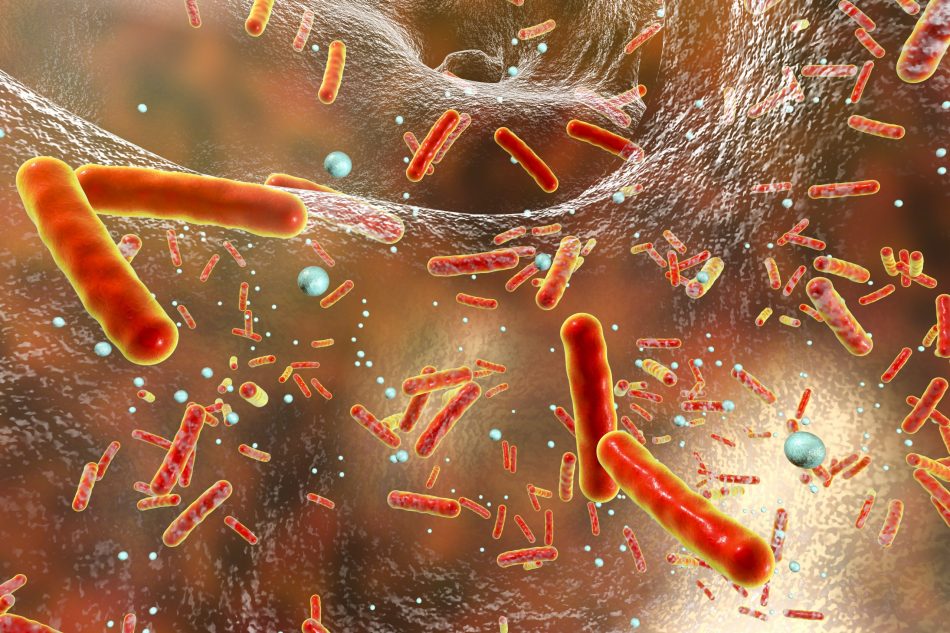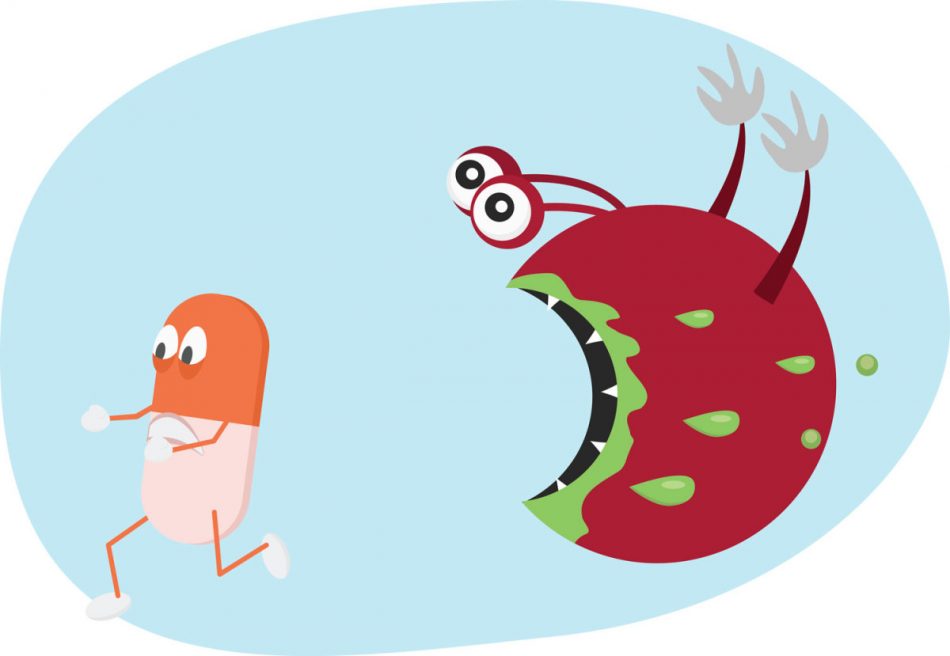
New invention slashes time in diagnosing antibiotic resistance
Thanks to the overuse of antibiotics and the intelligence of microorganism evolution, antibiotic-resistant pathogens are on the rise. According to the CDC, over 2.8 million antibiotic-resistant infections arise annually in the US. The cost of this problem is estimated to be around $4.6 billion per Read More...

Virus or bacteria? This test aims to tell in minutes
When you go to the doctor with a sickness you can’t seem to shake, the first thing they will usually try to figure out is if they’re dealing with a bacterial or viral infection. Bacterial infections usually require treatment with antibiotics, but prescribing them unnecessarily can contribute to Read More...

Argentina is first country to ban salmon farming over sustainability concerns
Argentina made history this past week as the first country in the world to ban salmon farming due to concerns about sustainability and its impact on natural ecosystems. Salmon farms (and fish farms in general) spread parasites such as sea lice among each other and to wild marine life. To address Read More...

New technique speeds up infection treatment and fights drug-resistant bacteria
Drug-resistant bacteria are a growing challenge for the medical community, but choosing effective antibiotics right off the bat can reduce the growth of these bacteria and help patients recover more quickly from illness. Fortunately, researchers from universities and hospitals across Europe have Read More...

Could “antivitamins” be the cure to antibiotic resistance?
The first naturally-occurring bacteria killer, penicillin, was discovered nearly a century ago and with it came the advent of a new class of medicines: antibiotics. Bacterial infections were the leading cause of death at the time, and the new drugs gave doctors a way to combat these infections. Read More...

Why there’s real hope for humans in the fight against antimicrobial resistance
If it feels like you’re hearing about antimicrobial resistance more often these days, that’s because it is a growing problem that threatens to get worse if nothing is done about it (sounds like climate change). Antimicrobial resistance refers to the fact that bacteria are becoming immune to Read More...

New antibiotics wipe out targeted pathogens while sparing beneficial microbes
There is no doubt that antibiotics are one of the greatest advances in medicine. The problem, however, with these bug-killers is that when they’re out to hunt, they cannot distinguish between good and bad bacteria, thus killing both kinds. In the end, this can destroy the delicate balance of the Read More...

Scientists discover new way to break down bacterial infections using electricity
Biofilms are the tough gangs of the bacterial world. A slimy substance that forms when bacteria group together in a kind of gooey overlay, biofilm causes up to 80 percent of all bacterial infections. These formations usually adhere to surfaces around wounds or implanted medical devices and can be Read More...

Study: Fish slime could be a potential source for new antibiotics
Antibiotic resistance is one of the most urgent threats to global health nowadays. In order to find a solution to this growing problem, scientists are searching for new bacteria-killing drugs in all kinds of environments. Recently, researchers have started looking at the layer of mucus that coats Read More...

Scientists managed to develop an antibiotic from wasp venom
Scientists at MIT have found a potent antibiotic derived from wasp venom that could kill microbes resistant to conventional antibacterials. It was already known that wasp and bee venom contains peptides that kill bacteria, but these compounds have also proven to be toxic to human cells. Read More...


